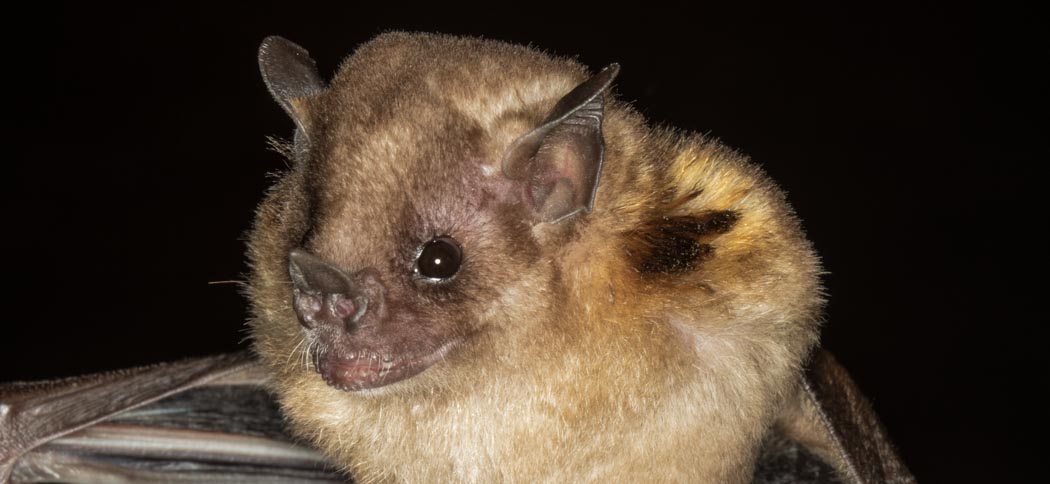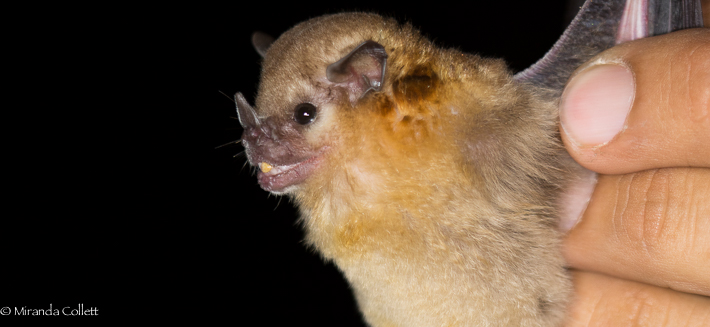
Strange Tails
We're delighted to have a strong population of strange-tailed tyrants at the reserve. So much so that we've adopted these beautiful and endangered birds as the symbol of the Trust
The growing diversity of the animals of Reserva Don Luis is a fresh source of delight every time we return. We don't play favourites, but it's impossible not to engage more with some of our more conspicuous guests. One of these is the strange-tailed tyrant. The male is stoic in his tolerance of one of nature's strangest - and it would seem least practical - adaptations. He's willing to suffer to be beautiful, and somehow manages to fly with tail feathers that were surely designed for a bird three times his size.
We love his perseverance; his resolution to succeed against challenge, and his ability to prove that anything is possible. He's appearing in growing numbers on the Reserva Do Luis, and his success has become an allegory for, and a symbol of, our own.
When we started the process of updating and redesigning our website, we wanted to adopt an image that symbolised our aims and our challenges. This brave little flycatcher, with his indomitable character, was the perfect choice.
The logo is a stylised profile of a male tyrant, silhouetted against the sunrise. We coloured the sun the blue of the Argentinian flag in honour of this country's beauty, its climate and the breathtaking span of magnificent animals that it nurtures.

Bat Research
Our bat team is conducting bat research both in the Ibera Marshes and in other provinces. We are especially concentrating on Misiones at the moment where we find the largest bat in Argentina, Chrotopterus auriitus and Myotis ruber, two species that we are researching.

Sturnira lilium
Little Yellow-shouldered Bat
The Little Yellow-shouldered Bat is part of the family Phyllostomidae (leaf nosed bats). It exists in the Ibera marshes and we have caught this species in our nets away from the houses. It is a frugivore and fruit of the Solanum plays a large part in its diet.
This bat below was caught in Calilegua National park, Jujuy, and is a well marked male.
This species is abundant in Central and South America and feeds on fruit especially solanaceae.
It is named after the yellow shoulder patches on the adult males which are glands used in the reproductive phase to attract the female.
This is a medium sized bat of around 25g with a spear like nose-leaf and a rounded head. The fur is soft and velvety and can be of various colours but the base of the fur is usually pale. Our bat was predominantly yellow but the female was a grey colour.


